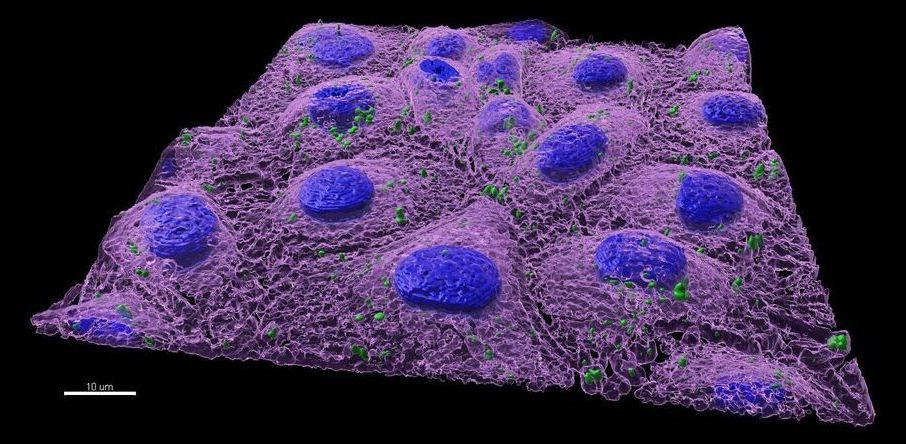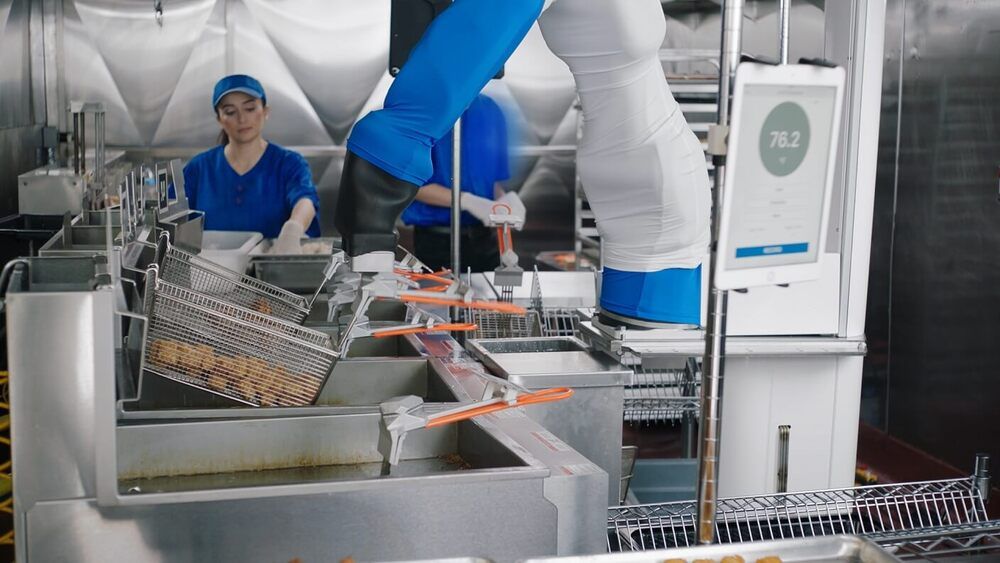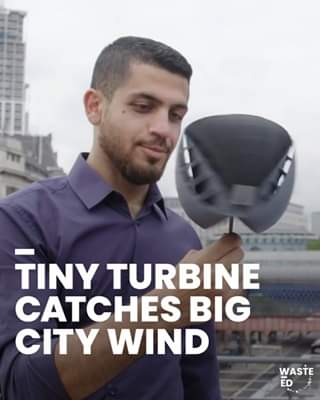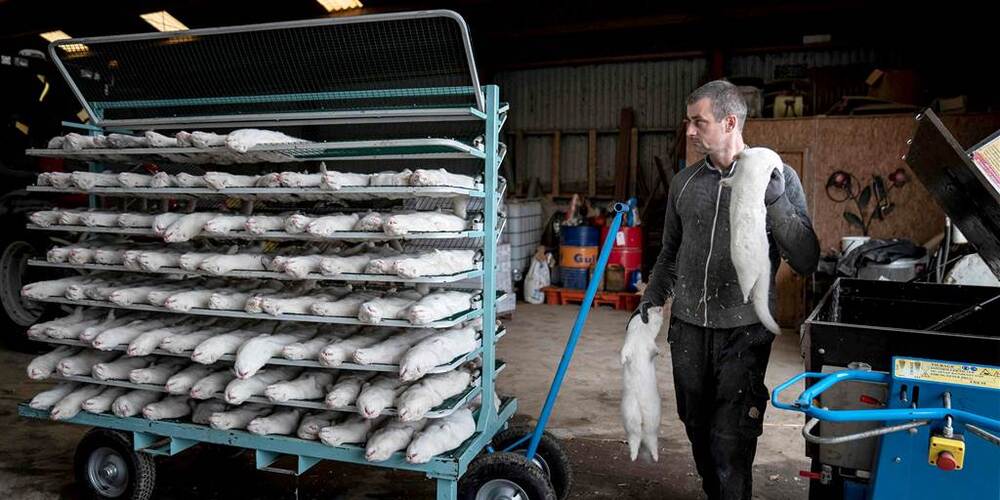Researchers are harvesting plants that accumulate nickel, copper, and zinc.



“Once they are ingested, up to 90% of the plastic fragments that reach the intestine are excreted. However, one part is fragmented into nanoplastics which are capable, due to their small size and molecular properties, to penetrate the cells and cause harmful effects. The study establishes that alterations in food absorption have been described, as well as inflammatory reactions in the intestinal walls, changes in the composition and functioning of the gut microbiome, effects on the body’s metabolism and ability to produce, and lastly, alterations in immune responses. The article alerts about the possibility of a long-term exposure to plastic, accumulated throughout generations, could give way to unpredictable changes even in the very genome, as has been observed in some animal models.”
We live in a world invaded by plastic. Its role as a chemically stable, versatile and multi-purpose fostered its massive use, which has finally translated into our current situation of planetary pollution. Moreover, when plastic degrades it breaks into smaller micro and nanoparticles, becoming present in the water we drink, the air we breathe and almost everything we touch. That is how nanoplastics penetrate the organism and produce side effects.
A revised study led by the Universitat Autónoma de Barcelona (UAB), the CREAF and the Centre for Environmental and Marine Studies (CESAM) at the University of Aviero, Portugal, and published in the journal Science Bulletin, verifies that the nanoplastics affect the composition and diversity of our intestinal microbiome and that this can cause damage to our health. This effect can be seen in both vertebrates and invertebrates, and has been proved in situations in which the exposure is widespread and prolonged. Additionally, with alteration of the gut microbiome come alterations in the immune, endocrine and nervous system and therefore, although not enough is known about the specific physiological mechanisms, the study alerts that stress to the gut microbiome could alter the health of humans.
The health effects of being exposed to nanoplastics was traditionally evaluated in aquatic animals such as molluscs, crustaceans and fish. Recent in vitro analyzes, using cell cultures of fish and mammals, has allowed scientists to analyze the changes in gene expression associated with the presence of nanoplastics from a toxicological viewpoint. The majority of neurological, endocrine and immunological tracts in these vertebrates are very similar to those of humans, and therefore authors warn that some of the effects observed in these models could also be applied to humans. Understanding and analyzing the process through which these plastic fragments penetrate the organism and harm it is fundamental, as is determining precisely the amount and typology of nanoplastics polluting the environment.

Flippy’s first iteration was already pretty impressive. It used machine learning software to locate and identify objects in front of it (rather than needing to have objects lined up in specific spots), and was able to learn from experience to improve its accuracy. Sensors on its grill-facing side took in thermal and 3D data to gauge the cooking process for multiple patties at a time, and cameras allowed the robot to ‘see’ its surroundings.
A system that digitally sent tickets to the kitchen from the restaurant’s front counter kept Flippy on top of how many burgers it should be cooking at any given time. Its key tasks were pulling raw patties from a stack and placing them on the grill, tracking each burger’s cook time and temperature, and transferring cooked burgers to a plate.
The new and improved Flippy can do all this and more. It can cook 19 different foods, including chicken wings, onion rings, french fries, and even the Impossible Burger (which, as you may know, isn’t actually made of meat, and that means it’s a little trickier to grill it to perfection).
Get your copy of Cyberpunk 2077 here:
http://cyberpunk.net/buy.
Sources & further reading:
https://sites.google.com/view/sources-mindupload.
The desire to be free from the limits of the human experience is as old as our first stories. We exist in an endless universe, only bound by the laws of physics and yet, our consciousness is trapped in mortal machines made of meat. With the breathtaking explosion of innovation and progress, for the first time the concept of leaving our flesh piles behind and uploading our minds into a digital utopia seems possible. Even like the logical next step on our evolutionary ladder.
OUR CHANNELS
▀▀▀▀▀▀▀▀▀▀▀▀▀▀▀▀▀▀▀▀▀▀▀▀▀▀
German Channel: https://kgs.link/youtubeDE
Spanish Channel: https://kgs.link/youtubeES
HOW CAN YOU SUPPORT US?
▀▀▀▀▀▀▀▀▀▀▀▀▀▀▀▀▀▀▀▀▀▀▀▀▀▀
This is how we make our living and it would be a pleasure if you support us!
Get Merch designed with ❤ from https://kgs.link/shop.
https://sc.mp/subscribe-youtube.
A 30-year-old in Thailand is turning chicken feathers into food. Sorawut Kittibanthorn got his idea from the 2.08 million tonnes of chicken feathers dumped each year. He hopes his creations can help reduce feather waste produced every day.
Support us:
https://subscribe.scmp.com.
Follow us on:
Website: https://www.scmp.com.
Facebook: https://facebook.com/scmp.
Twitter: https://twitter.com/scmpnews.
Instagram: https://instagram.com/scmpnews.
Linkedin: https://www.linkedin.com/company/south-china-morning-post/

Old-time solutions are reappearing as we seek to become a zero-emissions society.
How can the agriculture industry reduce the amount of methane released when cows burp? It’s been a struggle for scientists and policymakers. A new method in which farmers feed seaweed to cows — needing to incorporate only about 0.2% of the total feed intake — indicates that methane levels can be reduced by 98%. It’s a real breakthrough, as most existing solutions cut methane only by about 20% to 30%.

Rusted iron pipes can react with residual disinfectants in drinking water distribution systems to produce carcinogenic hexavalent chromium in drinking water, reports a study by engineers at UC Riverside.
Chromium is a metal that occurs naturally in the soil and groundwater. Trace amounts of trivalent chromium eventually appear in the drinking water and food supply and are thought to have neutral effects on health. Chromium is often added to iron to make it more resistant to corrosion.
Certain chemical reactions can change chromium atoms into a hexavalent form that creates cancer-causing genetic mutations in cells. This carcinogenic form of chromium was at the heart of a lawsuit in California’s Central Valley by Erin Brockovich, which became the subject of an Oscar-winning movie.

